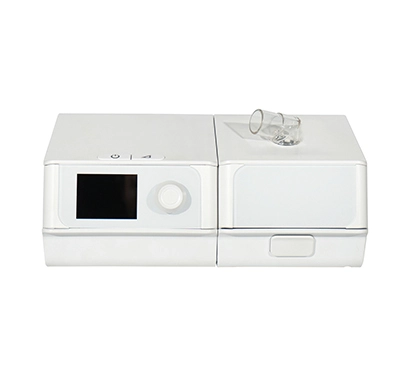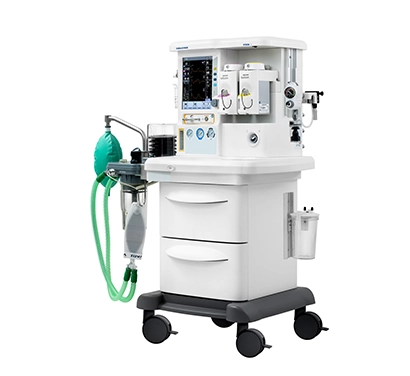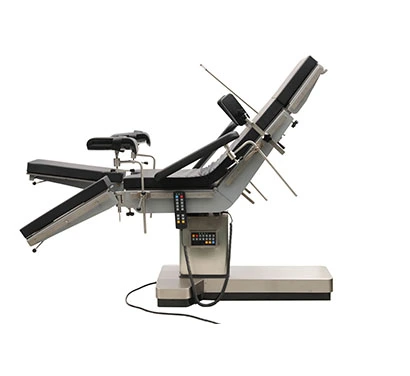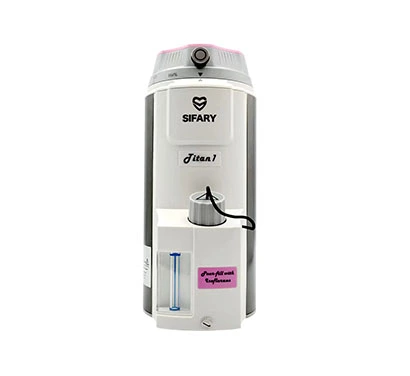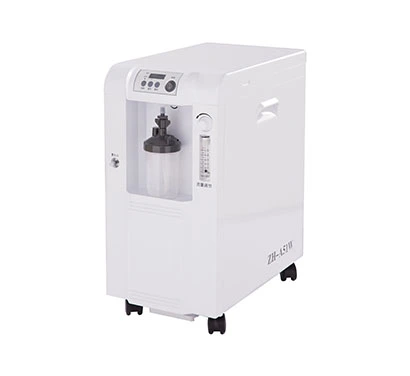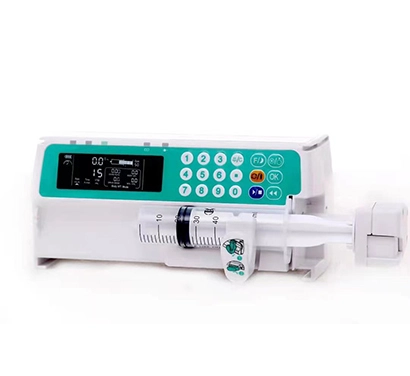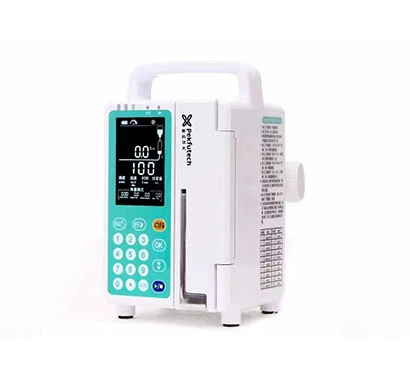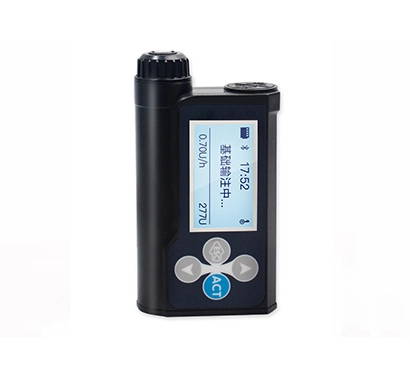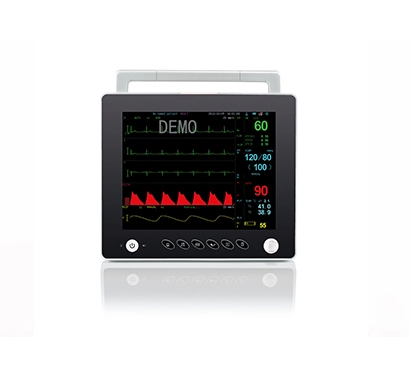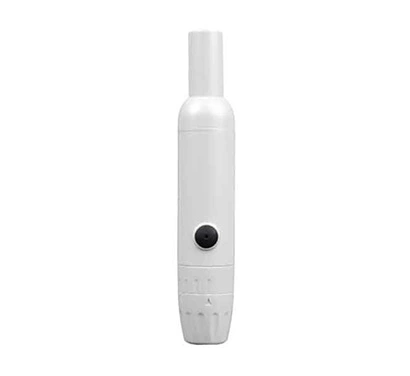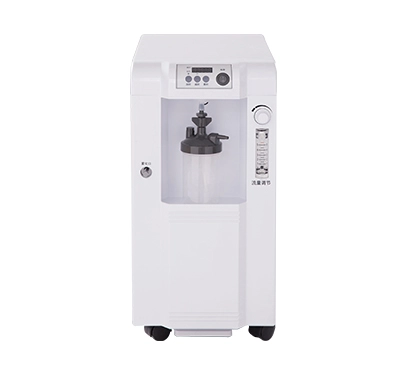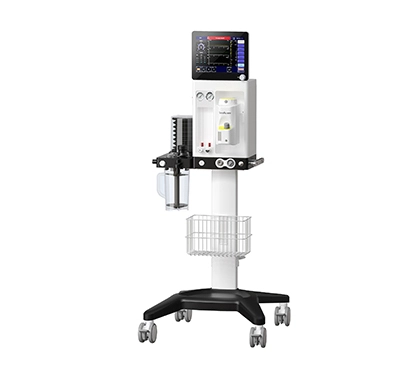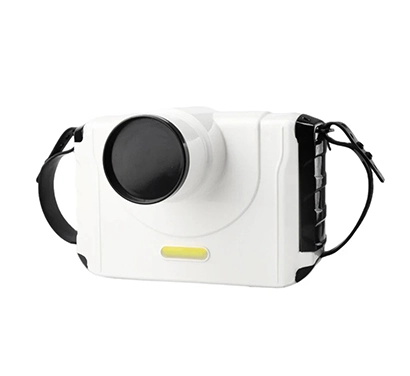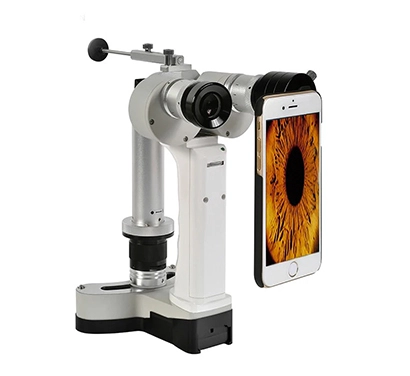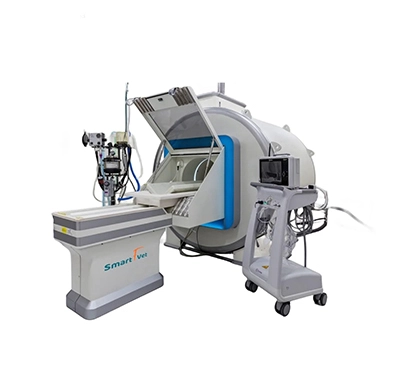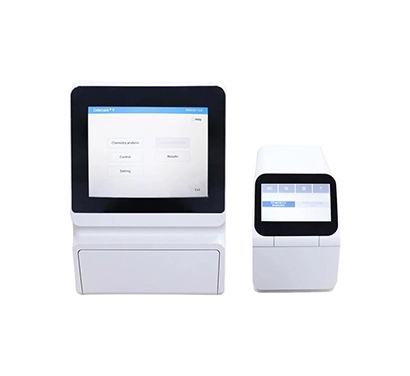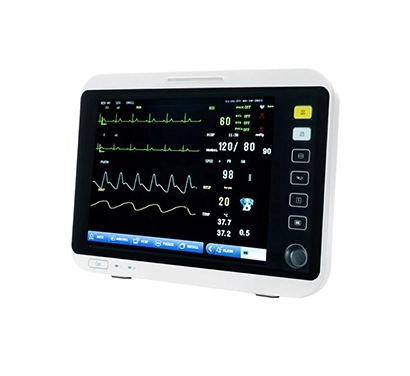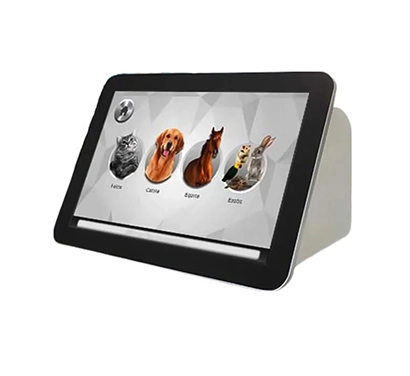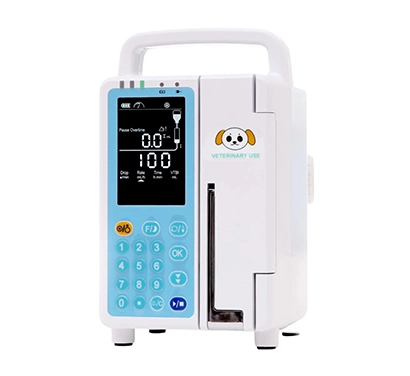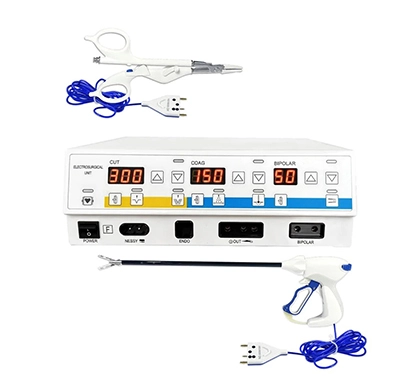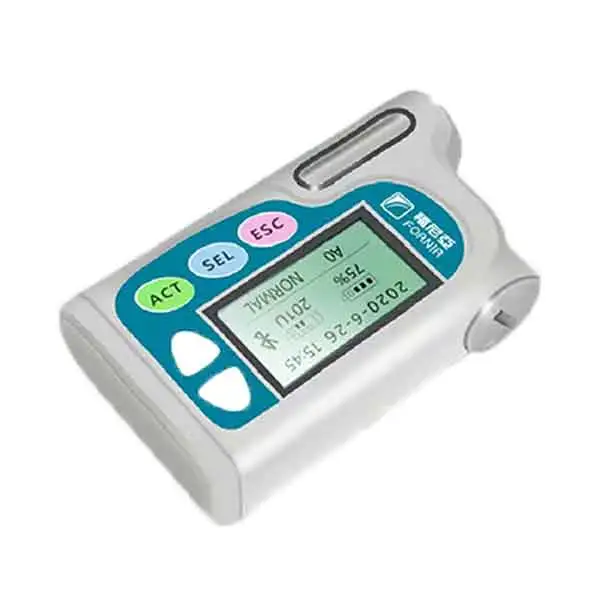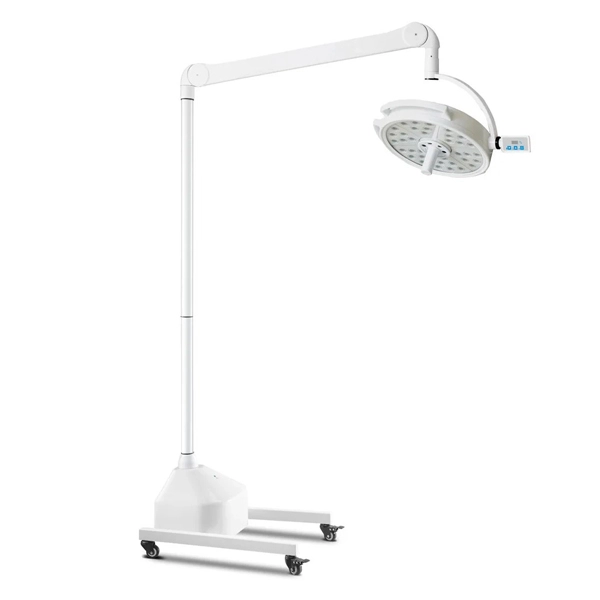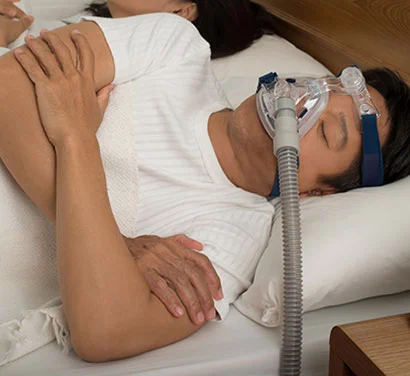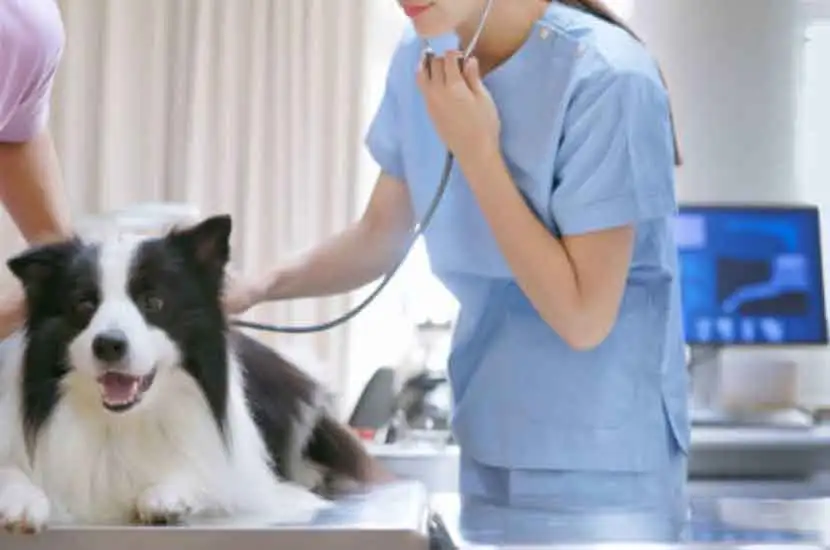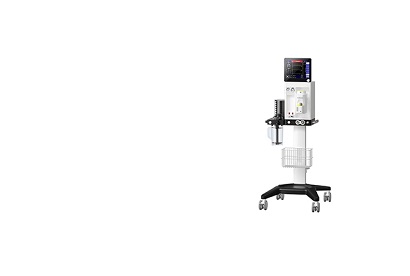Introduction
Anesthesia machines play a crucial role in both human and veterinary medicine, ensuring the safe and controlled delivery of anesthetic gases. The Anesthetic Ventilator V5 is a versatile device that is used in animal medical field, but it has key adaptations that make it outstanding among others. This article explores the similarities and differences between human and veterinary anesthesia machines, with a focus on the V5 ventilator.
Similarities Between Human and Veterinary Anesthesia Machines
1. Basic Functionality Both human and veterinary anesthesia machines share the same core functions: delivering oxygen and anesthetic gases (such as isoflurane and sevoflurane) and providing mechanical ventilation through devices like the Anesthetic Ventilator.
2. Components
Gas Delivery System: Both include flowmeters, vaporizers, and breathing circuits.
Ventilation Modes: The V5 ventilator supports both volume-controlled ventilation (VCV) and pressure-controlled ventilation (PCV) in both human and veterinary settings.
Monitoring: Essential parameters such as oxygen concentration, airway pressure, and end-tidal CO₂ are monitored in both types of machines.
3. Safety Features Safety is a priority in both fields. Both systems incorporate fail-safe mechanisms, alarms for hypoventilation or circuit leaks, and scavenging systems to reduce waste gas exposure.
Key Differences Between Human and Veterinary Anesthesia Machines
1. Patient Variability
Veterinary machines must accommodate a wide range of species, from dogs and cats to larger animals no heavier than 150kg. This requires adjustable tidal volumes and respiratory rates. The V5 ventilator is designed with presets for different animal sizes to simplify operation.
Human machines are calibrated for a narrower physiological range, focusing on the specific needs of human patients, like adult and Neonate.
2. Breathing Circuits
In veterinary settings, large animals often use circle rebreathing systems, while small animals may require non-rebreathing circuits. Human anesthesia devices typically use circle systems, which are less common in veterinary practice for smaller animals.
3. Portability and Durability
Veterinary machines, including the V5 ventilator, are often designed for portability to support field surgeries, such as those performed on farm animals.
Human machines are usually stationary and integrated into hospital settings, prioritizing stability and continuous operation.
4. Specialized Accessories
Veterinary machines may include species-specific masks, endotracheal tubes, and remote monitoring capabilities for MRI anesthesia situation.
Human machines focus on advanced ventilation modes, such as synchronized intermittent mandatory ventilation (SIMV), to meet the complex needs of human patients.
Conclusion
While human and veterinary anesthesia machine shares fundamental principles, especially with versatile devices like the Anesthetic Ventilator V5 from RHC Medical, there are key differences driven by patient diversity and clinical settings. Veterinary systems require greater adaptability to accommodate various species and field conditions, whereas human systems focus on precision and advanced ventilation modes.
Understanding these distinctions ensures optimal anesthesia delivery across different species and settings.
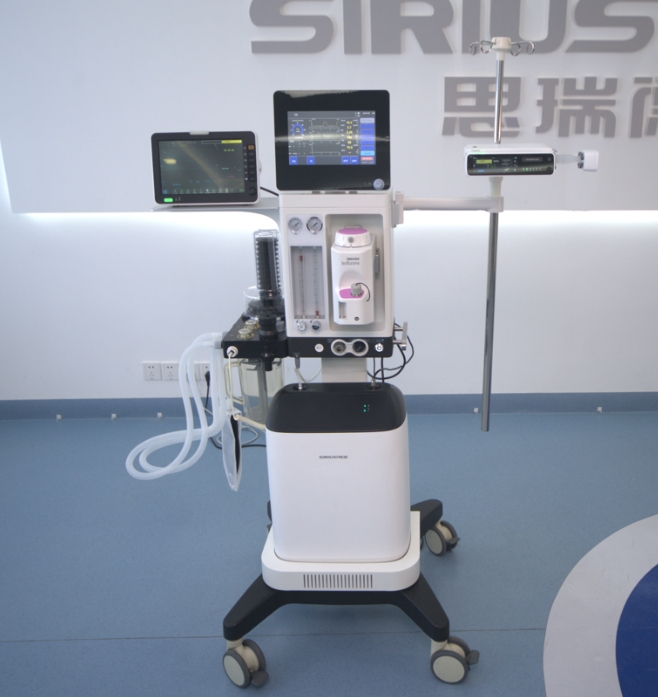
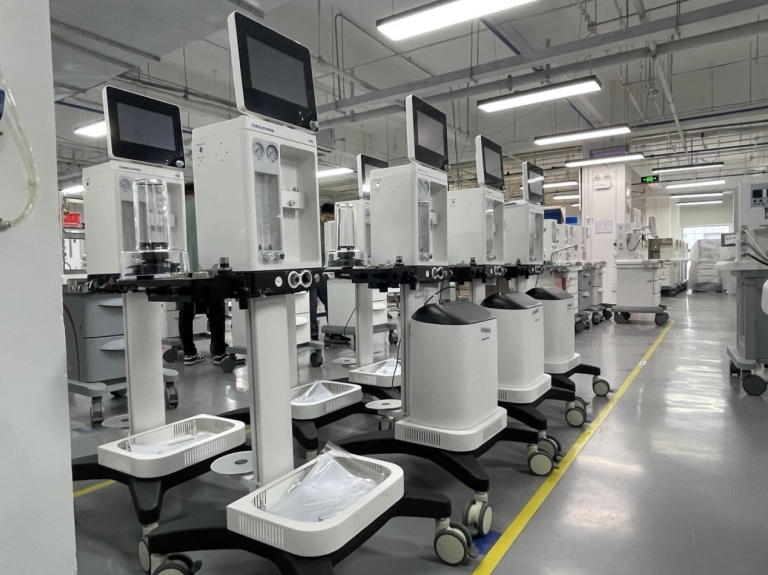

 EN
EN
 fr
fr  es
es  ru
ru  ar
ar 